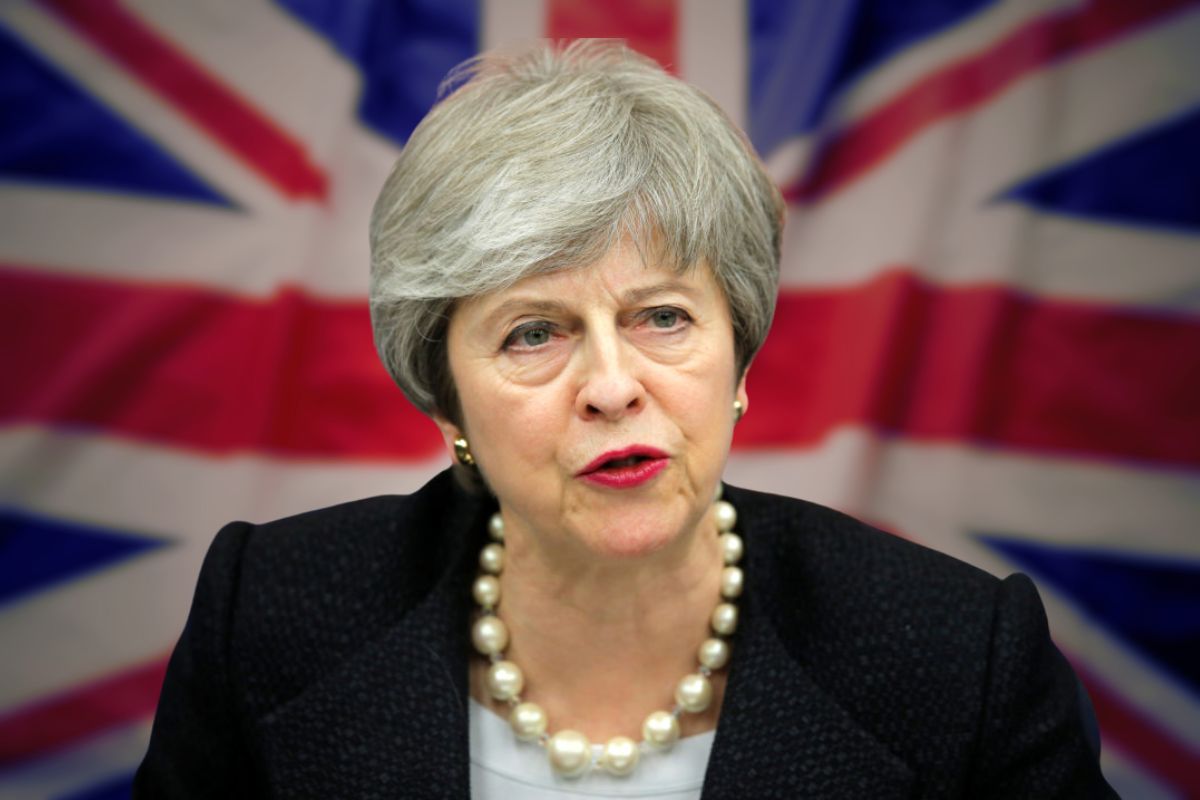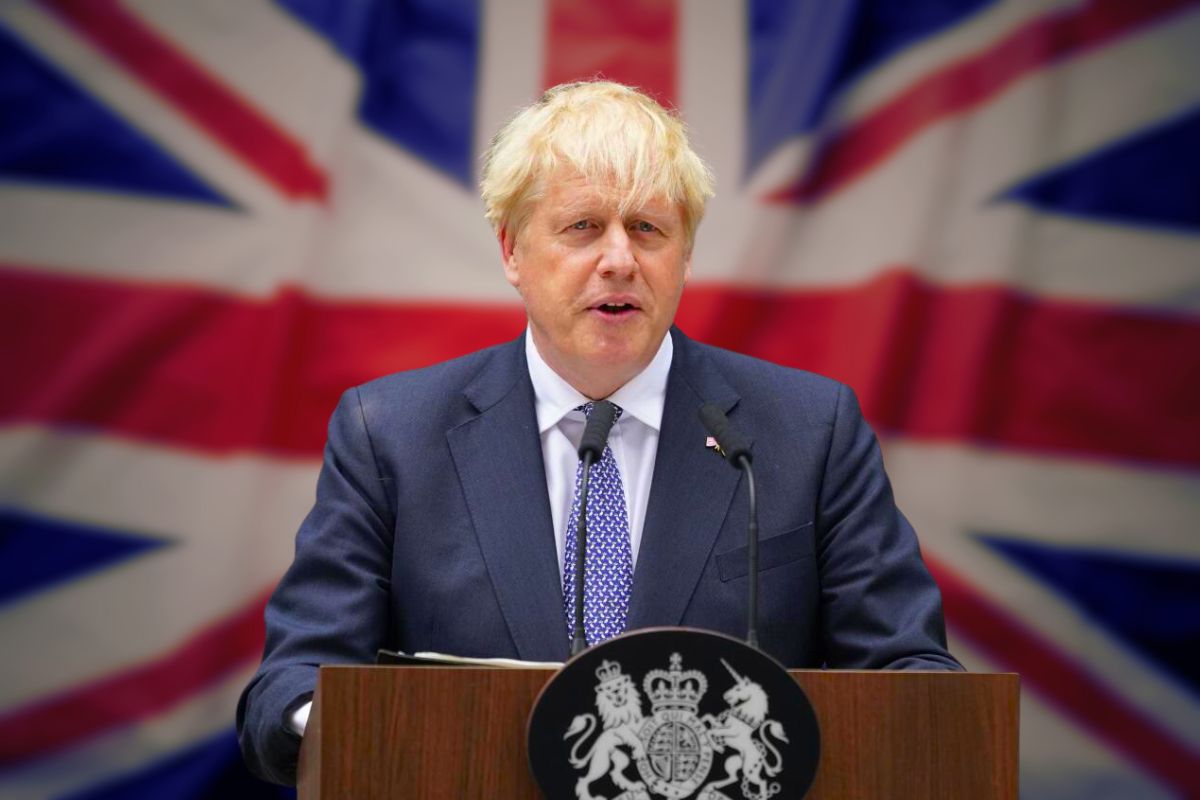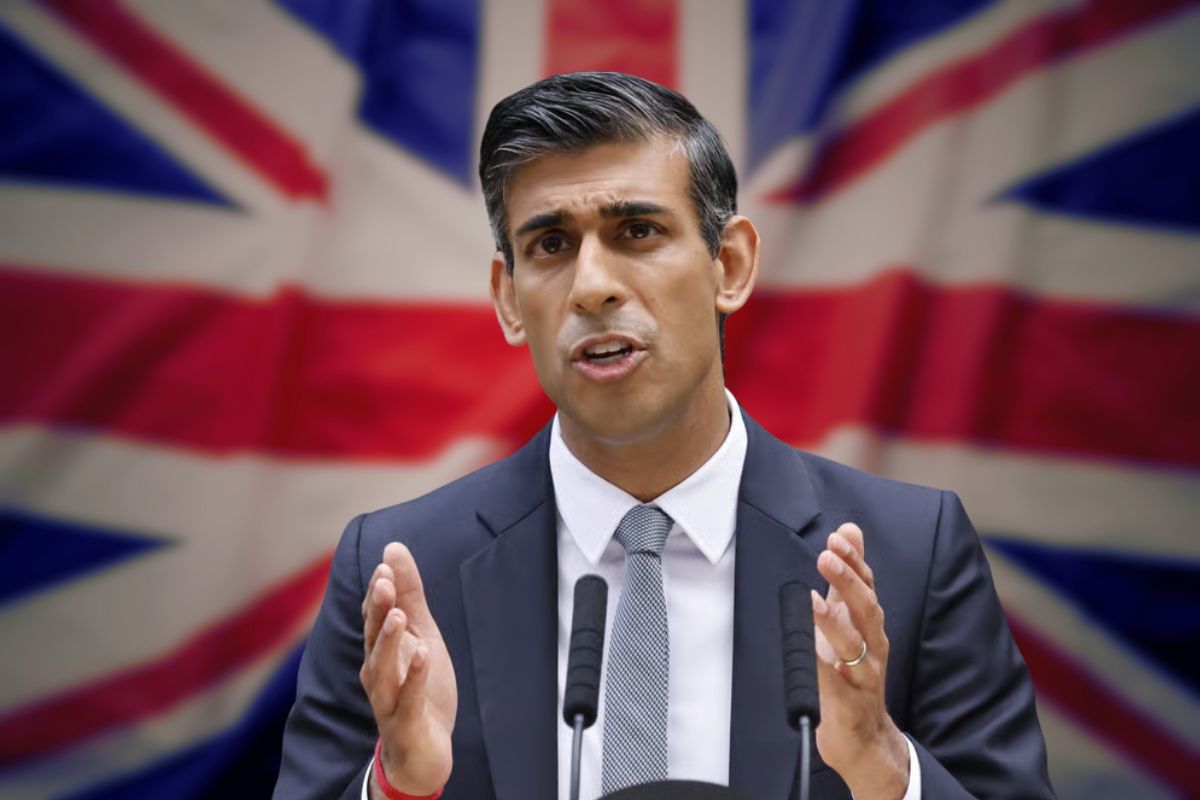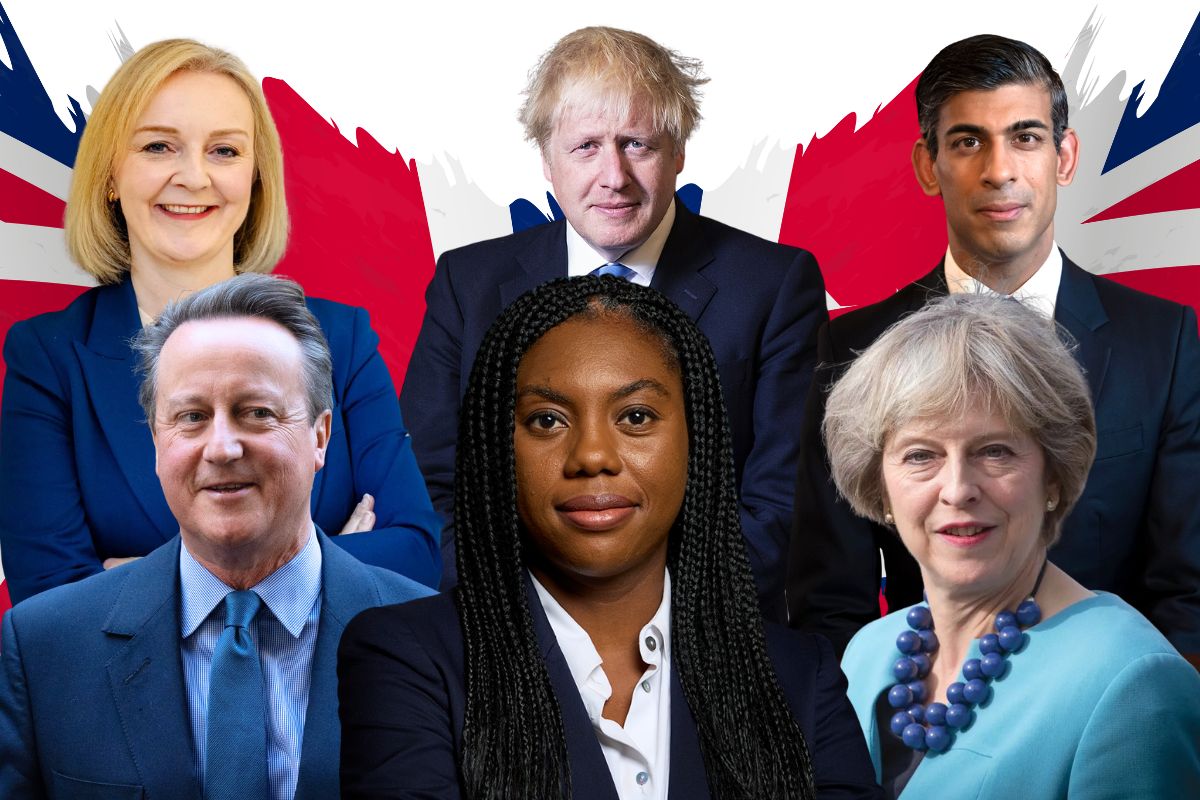Since 2005, the UK Conservative Party has dealt with modernisation, a Brexit crisis, and leadership issues. Six politicians have led the party in the past twenty years: David Cameron, Theresa May, Boris Johnson, Liz Truss, Rishi Sunak, and Kemi Badenoch. They each had to deal with various political contexts and left unique policy and institutional imprints on the party and the nation. The trend of leadership graphs changes of ideological focus, election strategy, and reaction to economic and constitutional crises.
David Cameron 2005-2016

David Cameron rebranded the Conservative Party as a modernising, centrist party aimed at appealing to a wider electorate. He stressed liberal social reform, responsibility over public spending following the 2008 financial crisis, and a record of sound economic management. Cameron took the party into a hung parliament in 2010 and into a coalition with the Liberal Democrats. In 2015, the Conservatives won an overall majority, and Cameron embarked on a policy of austerity with attendant tax and welfare reform. His call for and subsequent campaigning in the 2016 European Union membership referendum set his legacy. Leave was the outcome, and it caused him to resign and the Cameron conservatism era to come to an end.
Theresa May 2016–2019

Theresa May took over with a promise to deliver Brexit and stability. Her time in office was marked by trying to negotiate a withdrawal agreement with the European Union and trying to cope with deeply divided parliamentary environments. May focused on improving administration, supporting social conservatism, and promoting social justice. However, she couldn’t secure parliamentary approval for her Brexit deal. Repeated parliamentary losses and party chaos after a run of parliamentary losses forced her to resign. Her time as Prime Minister showed how weak party unity and support can be during changes to the constitution.
Boris Johnson 2019 to 2022

Boris Johnson’s term was characterised by an attempt to bring Brexit to a swift and effective conclusion. At the 2019 general election, Johnson secured an enormous parliamentary majority on the promise that he would “get Brexit done.” Johnson’s strategy blended populist rhetoric and pragmatic compromise to deliver a withdrawal agreement. His administration was focused on deregulation, tax reductions, and trading position in the post-Brexit world. The premiership of Johnson was also marred by problems regarding standards of governance and crisis management. Developments leading to loss of confidence in his leadership led to his resignation and underscored conflicts between political style and institutional norms.
Liz Truss September to October 2022

Liz Truss lasted for a short time, during which she attempted to speed up pro-growth, small-state policies. Her mini-budget called for rapid tax cuts funded by higher borrowing. Financial markets responded negatively, causing emergency interventions and abrupt policy reversal. Market volatility and the collapse of support among the parliamentary party compelled her to resign after a record short time in office. Truss’s short tenure revealed constraints on radical fiscal experimentation without explicit market confidence or parliamentary support.
Rishi Sunak October 2022 to November 2024

Rishi Sunak focused on fiscal discipline and economic stability. He aimed to restore credibility after the 2022 disruption. His leadership focused on controlling inflation, boosting financial confidence, and easing cost-of-living pressures with specific actions. Sunak aimed to balance the party’s pre-Brexit promises with practical actions. He wanted to reconnect with voters by showing competence and stability. His time was marked by ongoing problems. These included pressure on public services, strained industrial relations, and losses in local and national elections. Sunak’s time was a balancing act. He navigated between conservative economic views and the politics of post-Brexit Britain.
Kemi Badenoch November 2024 onwards

Kemi Badenoch’s promotion was a symbol of the party’s generational and ideological change. She was positioned as a Conservative moderniser with emphasis on cultural affairs, free markets, and cutting state involvement. Badenoch laid out deregulation, immigration control, and a tough stance on national identity differences. Her leadership is an attempt to unite on party’s right wing while having a modern, multiracial profile. Succeeding priorities of the early years were to stabilise a broken parliamentary party, to restart the electoral offer of the party, and to position the party for the upcoming national elections.
Conclusion
The past twenty years, Leaders of the Conservative Party government have been dominated by radical change, most notably driven by the Brexit realignment and serial leadership change. Subsequent governments have oscillated between modernising centrism and more populist, market-inspired conservatism and have struggled with fiscal restraint, public-service needs, and intraparty divisions. Restoration of electoral coherence will require future leaders to unite cross-cutting parties, restore public confidence through prudent economic management, and deliver a clear vision for the future that responds to the everyday preoccupations of the electorate. Whether the party will manage to adapt strategically without undermining governing credibility will be what defines its fate in the future.






